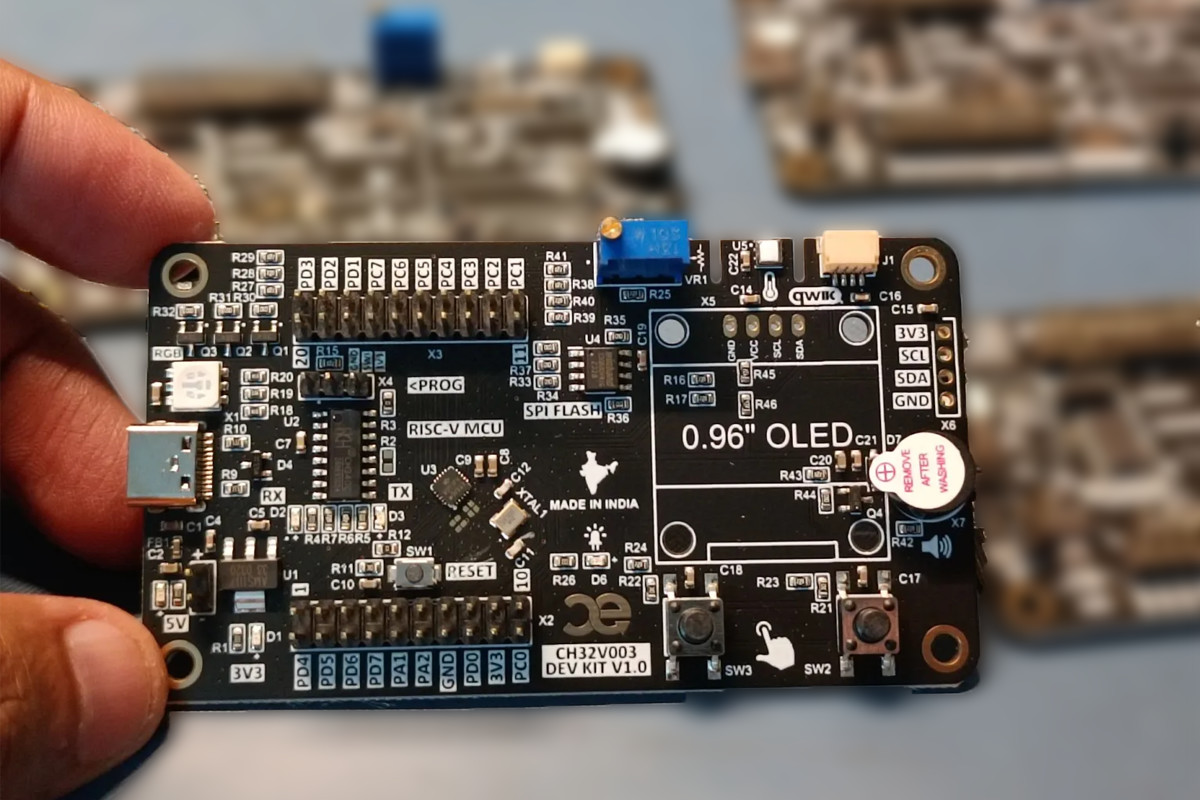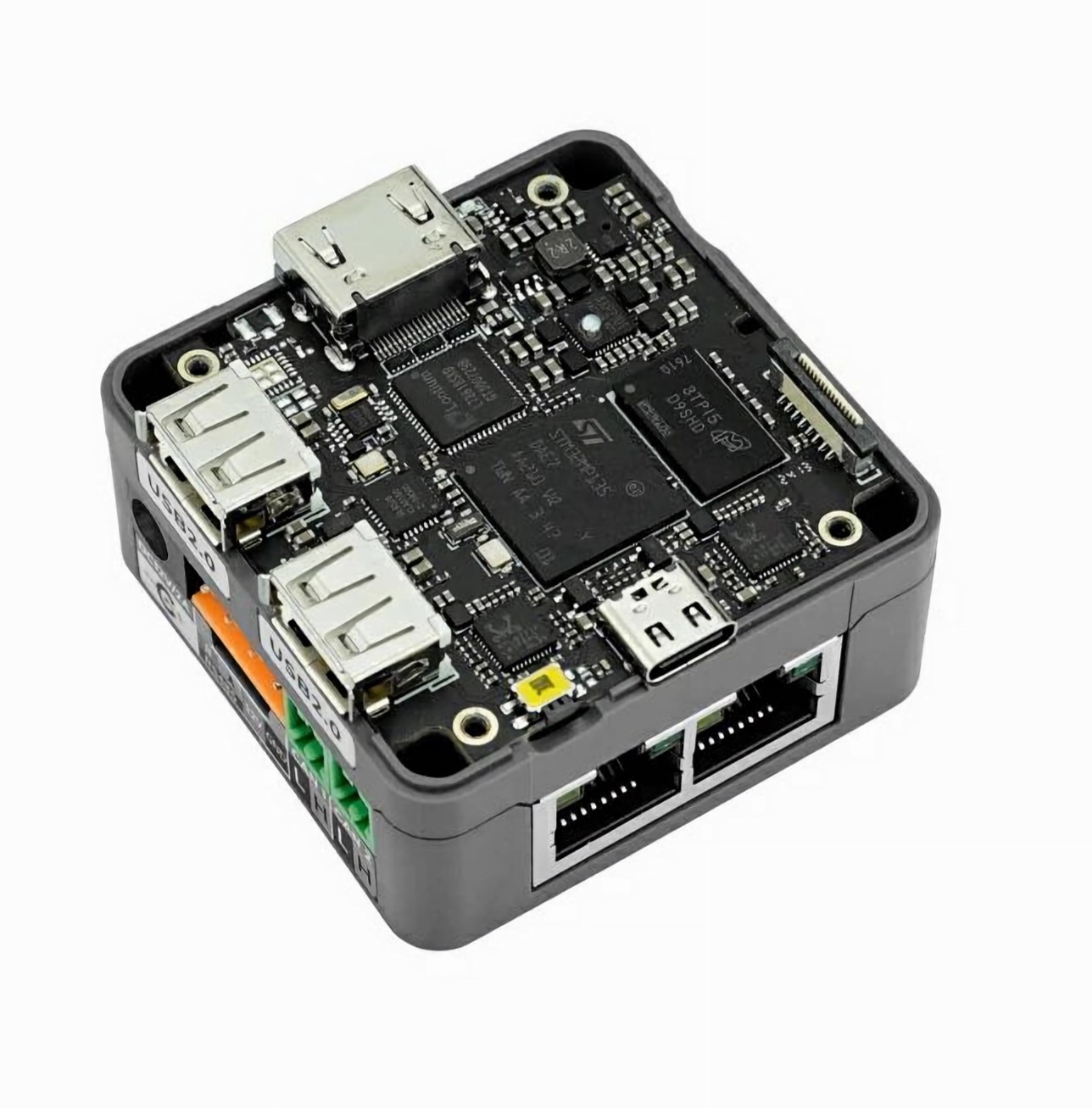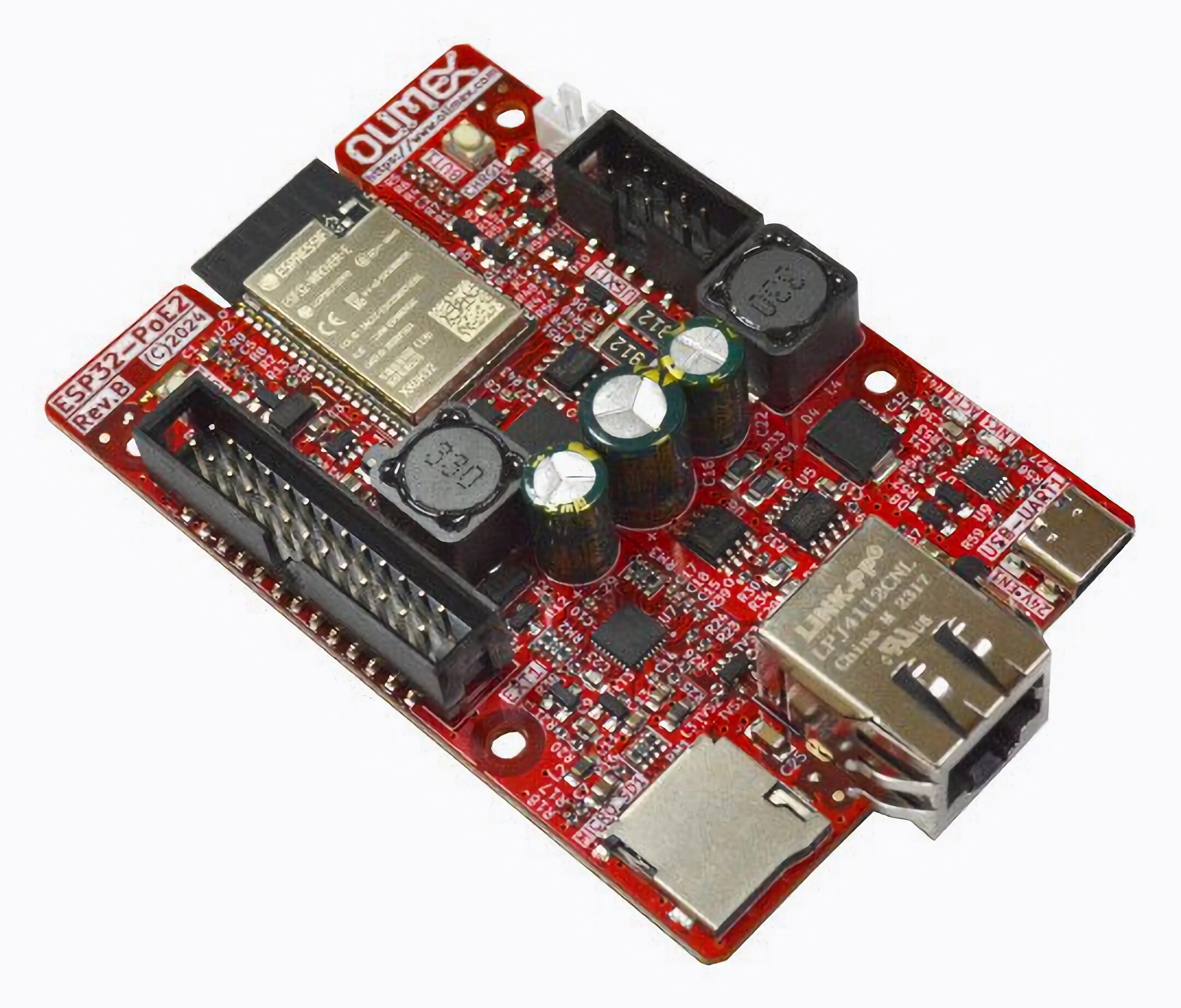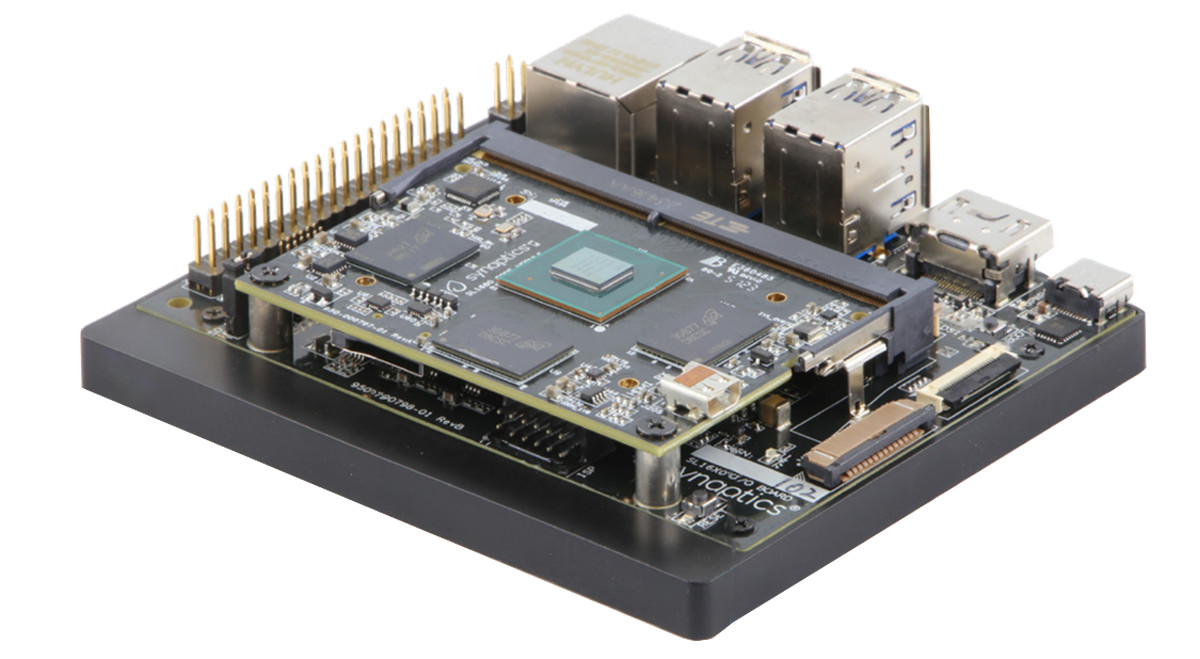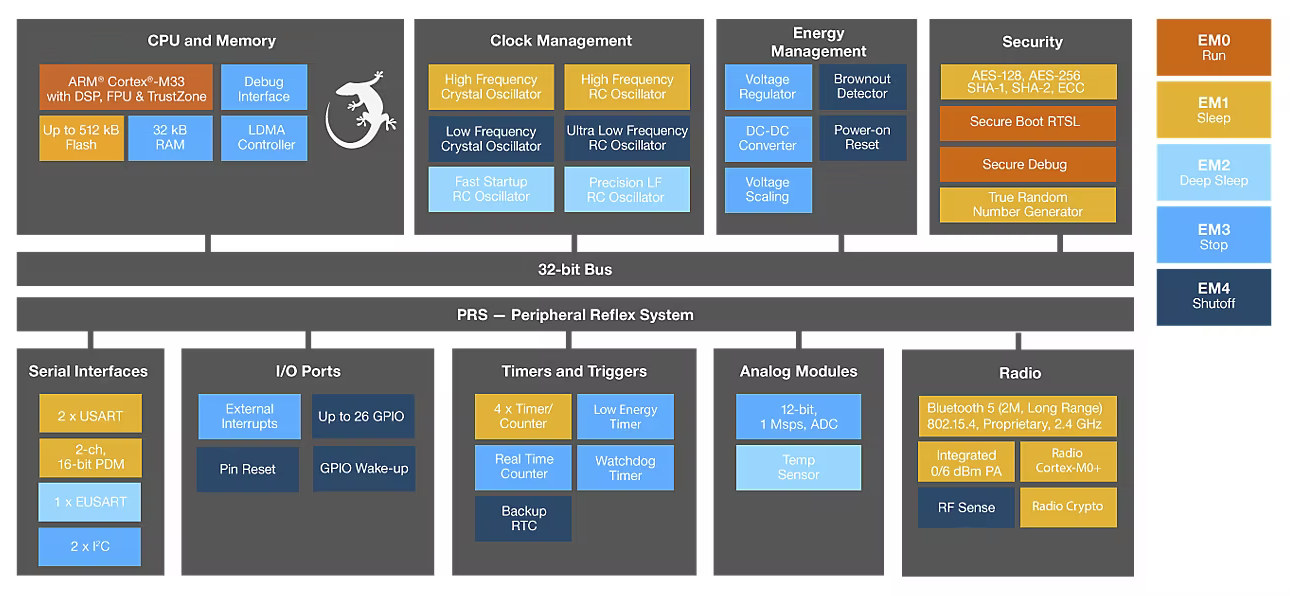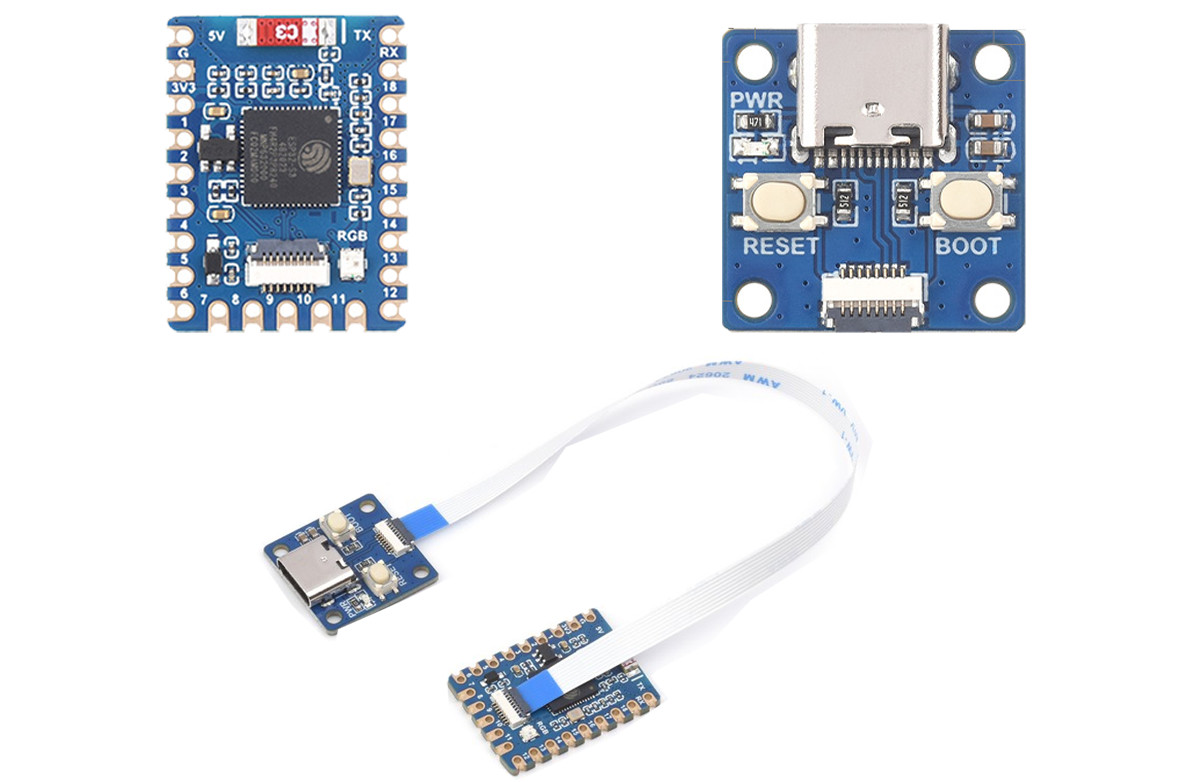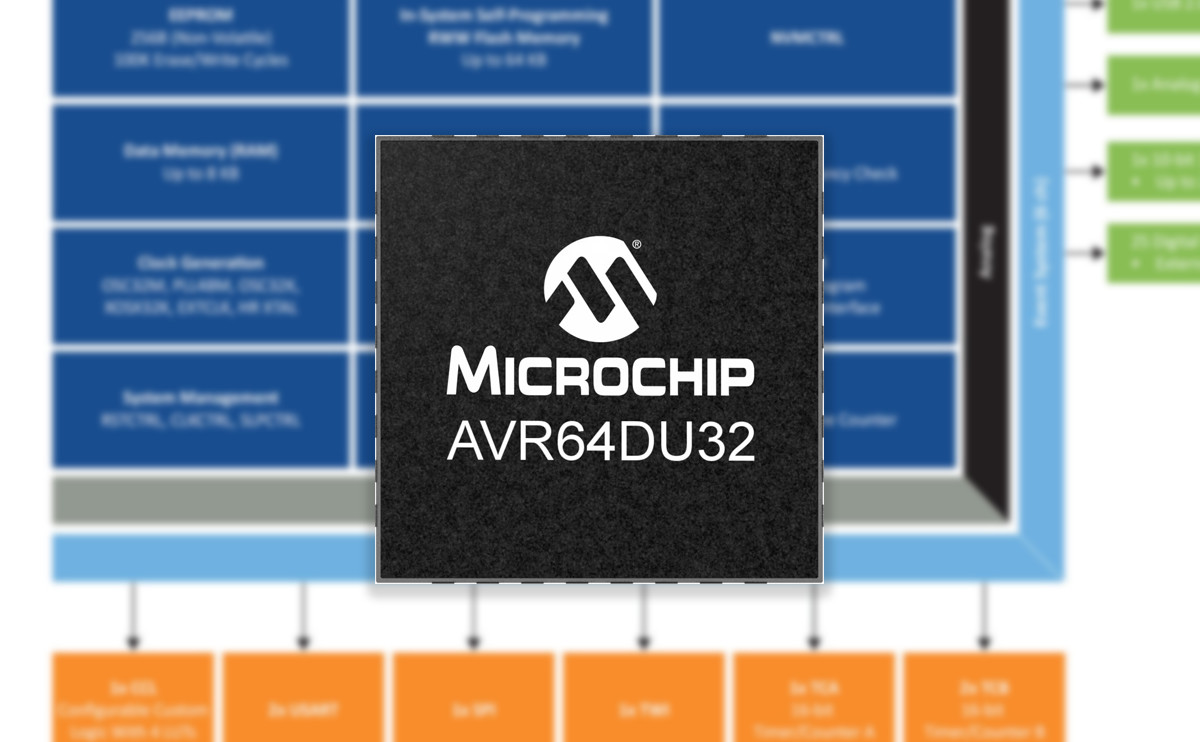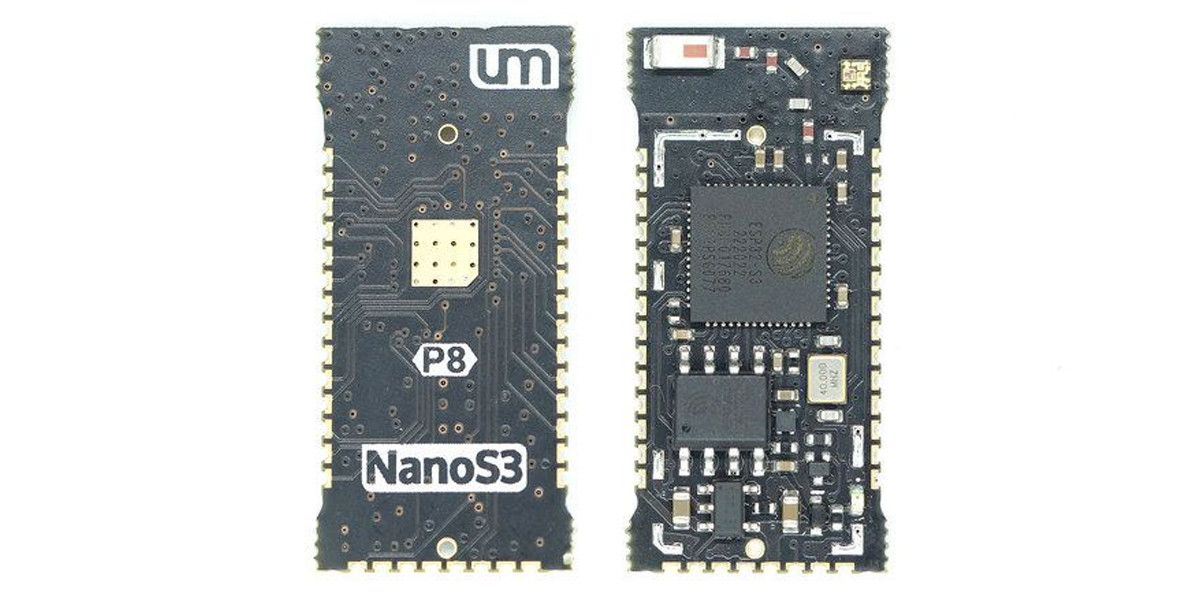CAPUF Embedded CH32V003 Dev Kit is an all-in-one development board with a USB-C interface, onboard sensors (temperature/humidity), an OLED display, SPI NOR Flash, and ample I/O options. Additionally, it features a Qwicc connector, an RGB LED, and a 3-pin header to connect the WCH-link programmer providing further flexibility for your projects. After the initial release of this “10 cents” CH32V003 RISC-V microcontroller, we have seen $1.5 development boards and an open-source GGC toolchain, as well as Arduino support for the WCH RISC-V microcontrollers. Very recently, CNLohr even managed to transmit LoRa packets with this MCU. CAPUF Embedded CH32V003 Dev Kit Specifications: MCU – WCH CH32V003F4U6 32-bit RISC-V2A microcontroller up to 48 MHz with 2KB SRAM, 16KB flash (QFN20 package) USB – 1x USB-C Port for Power (5V) and Serial Interface with onboard USB to UART converter I/Os – 20 Pin MCU IOs with USART, I2C, SPI, ADC Program & Debugging – […]
M5Stack CoreMP135 – A Linux-powered industrial controller based on STM32MP135 Cortex-A7 MPU
M5Stack CoreMP135 is an industrial control host powered by the STM32MP135DAE7 Arm Cortex-A7 core microprocessor running at 1GHz, equipped with up to 512MB DDR3L SDRAM memory, and loaded with high-performance interfaces such as two Gigabit Ethernet ports, three USB ports, two CAN FD interfaces, two Grove interfaces, and an “HD” video output. An integrated PWR485 communication board bundles a 9V to 24V power input and an RS485 interface. The device also features a microSD card slot for storage, a small IPS capacitive touch screen, and a 1W speaker for human-machine interaction. The CoreMP135 is designed for low-power consumption and uses an Allwinner AXP2101 chip for power management. It supports scheduled wake-up and sleep with an integrated real-time clock (BM8563 module). The device runs Linux and comes with a microSD card loaded with the Debian operating system, simplifying setup and allowing usage out of the box. A DIN rail base plate […]
Olimex ESP32-POE2 board offers up to 25W for power-intensive applications
The Bulgarian hardware manufacturer, Olimex, has designed a new ESP32 board with Power over Ethernet (PoE) functionality. The Olimex ESP32-POE2 board builds on the original ESP32-POE and features the same ESP32-WROOM-32 microcontroller module with Wi-Fi and Bluetooth connectivity. However, it supports up to 25W power delivery from the Ethernet port via PoE and can be used in more demanding projects. The Olimex ESP32-POE2 board features a low-power design and consumes only 200µA in deep sleep mode. The board can be powered via USB-C, Ethernet, or Li-Po battery. The Ethernet interface is built on Texas Instruments’ TPS2378PW chip with IEEE 802.3at classification and legacy PoE support. Powering with PoE requires at least 37V DC for seamless operation. Two proprietary connectors (UEXT and EXT1) can be used to add sensors and other modules and expand the board’s operation for IoT projects. Users can select between 24V/0.75A or 12V/1.5A power output, with a […]
Synaptics Astra platform takes SL1620, SL1640, or SL1680 Arm CPU module for Edge AI applications
Synaptics has unveiled its new Astra platform with a range of SoC and a development kit for edge AI applications. These new processors and a supporting development kit are built to provide out-of-the-box AI capabilities for IoT devices, reducing reliance on cloud-based AI. This new Synaptics Astra Platform is built around three main SoCs. The SL1680 is built for multi-modal IoT applications and features a quad-core Arm Cortex-A73 CPU, dedicated 7.9 TOPS NPU, and 4K video. The SL1640 is a cost and power-optimized SoC with a quad-core Cortex-A55 CPU and 1.6+ TOPS NPU. Finally, the SL1620 is a graphics and AI accelerator with a quad-core Cortex-A55 CPU and dual-core Imagination BXE-2-32 GPU but does not feature an NPU. The development kit features a module design where the new swappable compute modules allow flexible configurations. The devkit will support open Yocto Linux distribution and Synaptics AI toolkit for quick AI integration. […]
Silicon Labs BG22E, MG22E, FG22E wireless MCUs target energy harvesting, battery-free IoT devices
Silicon Labs xG22E is a family of wireless SoCs consisting of the BG22E, MG22E, and FG22E and designed to operate within an ultra-low power envelope required for battery-free, energy harvesting applications such as electronic shelf labels, Smart Home sensors, remote controls, and so on. Like the just-announced Silicon Labs MG26, BG26, and PG26, the new xG22E family features a Cortex-M33 core clocked up to 76.8MHz. As an evolution of the low-power BG22, the BG22E offers Bluetooth 5.4 LE connectivity with “Energy Conservation” to further enhance battery longevity and even support designs that eliminate the need for batteries. The MG22E is similar but embeds an 802.15.4 radio for Zigbee connectivity, and the FG22E provides a 2.4GHz proprietary plus the Cortex-M33 is clocked up to 38.4MHz. Silicon Labs BG22E, MG22E, FG22E specifications: MCU – Arm Cortex-M33 @ 76.8 MHz with DSP and FPU (38.4 MHz for FG22E) Memory – Up to 32 […]
$4.99 ESP32-S3-Tiny board measures just 23.50 x 18 mm
Waveshare has recently released the ESP32-S3-Tiny mini development board powered by ESP32-S3 wireless MCU and measuring just 23.50 x 18 mm. Due to its compact form factor, it does not include a USB-to-UART converter or a USB port. That is why, you will need an additional adapter board with an FPC cable to program it, which costs only $1. Despite its small size, the board is feature-rich. It includes 34 multi-function GPIO pins, along with Wi-Fi, BLE, SPI, I2C, UART, ADC, PWM, and more. The design of the board is very similar to the Raspberry Pi RP2040-powered Waveshare RP2040-Tiny board that we covered last year. However, what sets this board apart is its 34 I/O pins, compared to the 23 found on the RP2040-Tiny board, and wireless connectivity. We’ve also written about several other boards with compact form factors, such as the Unexpected Maker NANOS3 board (28 x 11 mm), […]
Microchip 8-bit AVR DU family supports secure USB connectivity and 15W power delivery
At Embedded World 2024, Microchip announced their new AVR DU family of 8-bit MCUs featuring a full-speed USB 2.0 data interface along with USB-C 15W Power Delivery enabling up to 12Mbps data transfer and charging. They also have features like secure bootloaders and Program and Debug Interface Disable (PDID), which protect your embedded designs. Based on the Harvard architecture, these MCUs can have up to 64 KB of Flash memory, 8 KB of SRAM, and 256 bytes of EEPROM. Their wide operating voltage range of 1.8V to 5.5V makes them suitable for small, space-sensitive devices, power bricks, and rechargeable devices. But one thing to note is that the USB function is only available for VDD above 3.0V and I2C Fm+ (Fast-mode Plus) is only supported for 2.7V and above. I²C Fm+ extends the standard I²C protocol, boosting communication speeds up to 1 MHz while maintaining compatibility with older I²C devices. It’s […]
Unexpected Maker NANOS3 might be the world’s tiniest ESP32-S3 module, yet fully-featured
Seon Rozenblum, better known as Unexpected Maker, has launched NANOS3 a development board that claims to be the world’s smallest, fully-featured ESP32-S3 module! This new module packs all the peripherals, and wireless connectivity features of an ESP32-S3 while being even smaller than the TinyPICO Nano. The module features two variants one with an onboard 3D antenna and the other with an u.FL connector. Previously we have written about TinyS3, FeatherS3, and ProS3 boards from Unexpected Maker we have also covered many unique ESP32-S3 boards like the ESP32-S3 PowerFeather Board with solar input, the Waveshare ESP32-S3-Relay-6CH, the ESP32-S3 4G dev boards and more feel free to check those out if you are interested in ESP32 boards with advanced features. Unexpected Maker NANOS3 Specifications SoC – Espressif ESP32-S3FN8 CPU – Dual-core Tensilica LX7 up to 240 MHz with 512KB SRAM, 16 KB RTC SRAM Memory – 2MB QSPI PSRAM Storage – 8MB […]


